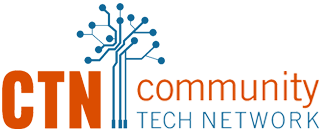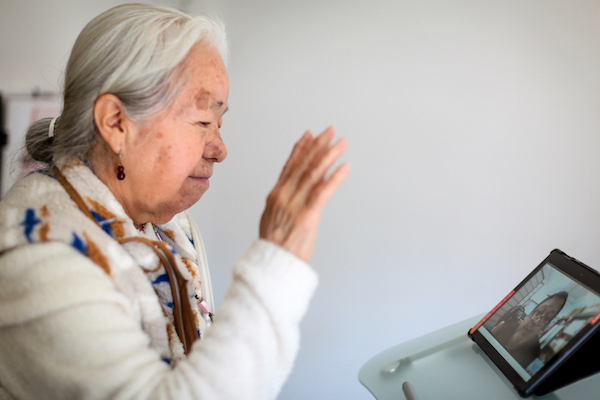Nowadays, we need the internet for just about everything. We use it to schedule doctor’s appointments, access healthcare test results, search for jobs and apartments, communicate with our (or our children’s) teachers, and so much more.
Yet, over 21 million Americans are offline, many of whom come from marginalized communities. Being unable to access digital resources only exacerbates already-existing systemic inequalities, including those related to racism, ageism, xenophobia, and economic inequality.
That’s where Community Tech Network comes in. We’re working to transform lives through digital equity and get 1 million people connected to the internet in the next decade.
Here’s how we’re doing it.
A Multi-Pronged Approach
Becoming fully integrated with the digital world requires more than just obtaining a computer or laptop. In addition to a device, people also need Wi-Fi in their homes so they can access the internet. But for someone new to technology, using the internet is not intuitive. Folks also deserve access to training and ongoing support to learn to use technology independently and safely.
Digital Literacy Training and Devices
CTN frequently teams with partner organizations to host workshops in which we help folks sign up for the Affordable Connectivity Program (ACP), a federally funded government initiative that offers low-income households subsidies to cover the cost of the internet. We also developed an ACP Enrollment Specialist training program, in which we train other nonprofit and community leaders so that they are also equipped to help people apply for the ACP. Providing tech support is incredibly important for new learners so that they can safely ask their questions when faced with a technological problem, rather than becoming frustrated and potentially giving up. CTN frequently hosts tech support pop-up workshops in the communities where we work. Our volunteers also host weekly drop-in hours at partner locations and can be paired with an older adult to meet remotely each week and provide continued support. The digital divide is a complex issue, and bridging it requires a nuanced approach. Our team is committed to constantly developing innovative ways to serve the populations most in need of digital equity.Broadband Access
Tech Support


Comments are closed.